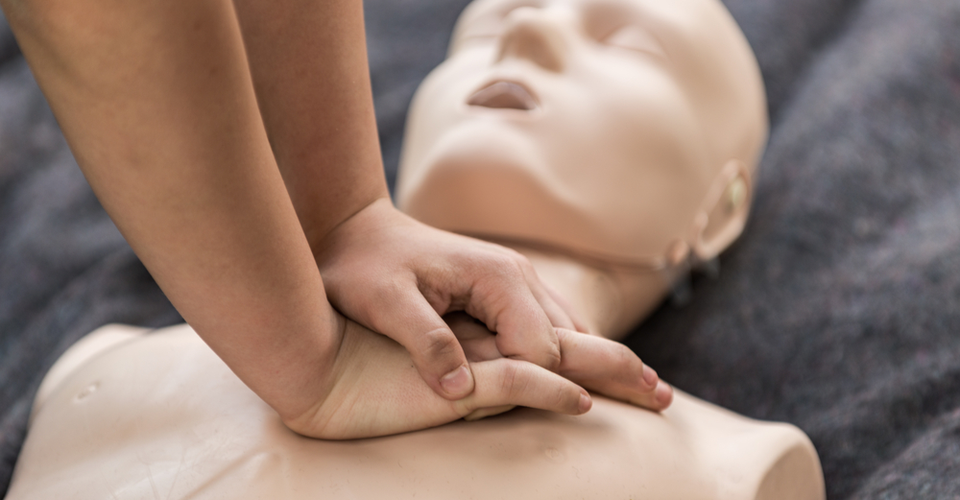Cardiopulmonary Resuscitation (CPR) can be the difference between life and death. In fact, the combination of immediate high-quality CPR and early AED use can more than double a person’s chances of survival. But bystander CPR occurs less often within vulnerable communities, further lowering survival rates for underserved populations.
Let’s look at how we can enact change and make a difference when it comes to CPR training for underserved populations.
The need for CPR education for underserved populations
A recent Sudden Cardiac Arrest Foundation newsletter summarizes key findings related to out-of-hospital cardiac arrests (OHCA) in the United States, as well as willingness and ability to initiate CPR from by the general public.
Based on data from 2015, 65% of survey respondents reported having CPR training at some point. However, the prevalence of CPR training was lower for certain populations, including Hispanic/Latino people, older people, people with less formal education, and lower-income groups.
Additionally, it was found that bystanders were less likely to initiate CPR in low-income Black neighborhoods or in predominately Hispanic neighborhoods than in high-income White neighborhoods.
What can we do about improving bystander cpr rates in underserved communities?
So, what can we do with this knowledge? First, we can bring awareness to these disparities.
By acknowledging barriers within these underserved communities, such as access to CPR training, we can make a more dedicated effort to bring CPR skills to those who need them most.
One way to do this is to teach the basics of CPR to children in these vulnerable populations from a young age. If we can ingrain this lifesaving knowledge at an early age, the idea of CPR becomes less intimidating and more second nature — carrying over for generations to come.
To do this, we need to get CPR into classrooms. But we also need to reach underserved communities by building trust from within and providing accessible resources.
Here are some ideas that can make a significant difference in overcoming barriers within these vulnerable populations:
-
Contact your state representatives to push for legislation that includes hands-on CPR training in statewide high school curriculum requirements (if applicable).
-
Approach local schools and youth organizations about offering a CPR training course to their young people.
-
Help develop Instructors within minority communities by bringing them into your Training Center or providing mentorship in other ways.
-
Reach out to church leaders and community organizations to partner with influential members of the community.
-
Provide opportunities for bilingual and Spanish-only CPR classes.
-
Host a booth at a local event where community members can practice compressions and get a quick CPR 101 at no-cost.
-
Hold free CPR training courses within your community and encourage all family members to attend.
-
Distribute flyers or other printed materials that explain the basics of CPR, as well as the importance of acting, in both English and Spanish.
Together, we can increase access to the lifesaving skills of CPR and improve outcomes for underserved populations.







.png?width=600&name=HSI-CTA-EmergencyCareTraining%20(1).png)











Comments